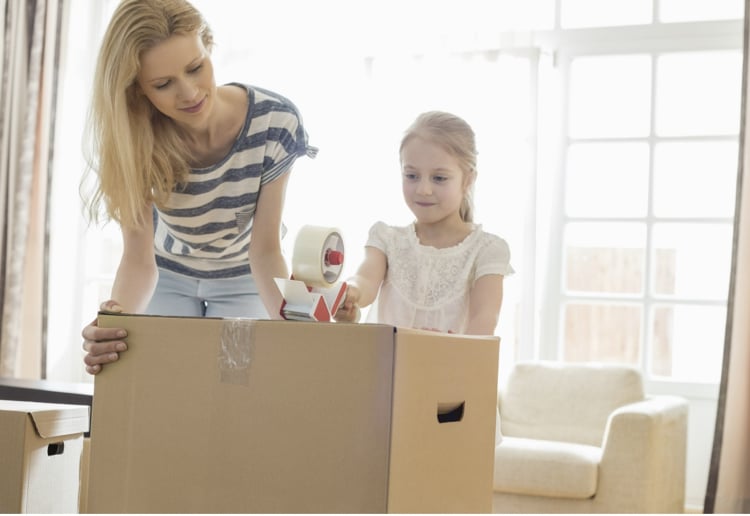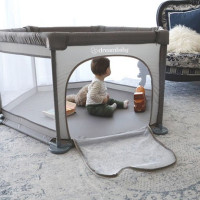Relocation is part of our lives, but as anyone who has ever moved knows – it can be more than a little stressful, especially if kids are involved.
Uprooting your children from an environment and friends they are so used to can throw them into a spiral of questions and tantrums. On top of ensuring they feel at ease during the move, you will have to deal with additional responsibilities like packing, unpacking, planning and making sure that at the end of the move their life has seen minimal disruption.
It all sounds complicated, but with the right distressing techniques, everything should flow smoothly.
1. Aim to be communicative
The idea is to create predictability and water down the ominous feeling associated with relocation. Once you make your child feel at ease, moving will be less stressful
Techniques to use in this case include telling the child the reasons why you have to move and researching new places with him or her. It will help if you brand the relocation as an adventure that will help them see many parts of the world, as opposed to a ruthless uprooting.
Before you set out, let your child know that the move will not be without challenges.
You can then start to create solutions in advance in preparation of what is to come. Being ready and aware of potential problems will help to reduce shock and distress when the feared situations come to pass.
2. Involve your children
Involve your child in packing and other preparation exercises during the move!
As much as you want to have total control over how the relocating goes, the children want to have a say too. They want to decide the colour of their new room, for instance, they want to pack and unpack their belongings and so much more.
Giving them the control they seek can help to minimize tantrums. It is also less burdensome on your mind if the children mind their packing and unpacking.
Let’s admit, moving the entire house on your own is stressful. You are forced to cram your mind with every little detail, from furniture to clothes, toys, and dolls. If a bit of help comes your way from your child, then you should accept it.
Turning it into a group activity also helps to make relocation an enjoyable process. And when your brain releases endorphins (the happiness hormones), you will be able to overcome every challenge along the way.
On the other hand, if you choose to do everything by yourself will likely end up frustrated, angry, and tired.
3. Seek to take care of yourself
As we all know, it is easy to get sucked up into a vortex of worry during relocation.
The stress could be about finances, logistics, equipment, or just the plain old fear of the unknown. If you forget to mind your health and the mental status during the move, you are likely to end up frustrated.
Techniques to stay healthy and mentally centred during relocation include getting enough sleep the days before the move, eating the right diet, and exercising. Put down that mug of coffee and avoid junk food.
Additionally, being physically fit will even prove beneficial when lifting boxes.
Let professional W.A. and interstate movers handle the work as you talk to your child or do something relaxing, like listening to music. A relaxing shower after the move will help to get you in the right frame of mind too. In everything you do, the wellness and comfort of your family should come first.
4. Envision life in the new place
Right now you have so much clutter to deal with, things to pack, others to throw or recycle and logistics plans to make.
This big list of things can dampen your spirit when actually there is a good life waiting for you in your new place. To help move your mind past the stress, focus on your life after the move. Envision your life in the new home and teach your children to do that.
Just as life coaches teach achievers to reach their goals by creating vision boards, envisioning the future can help you move past the stressful present with ease. From the word go, let your mind conceive a well-organized and stress-free moving process.
Think positive and stay calm through the whole process, and as they say, that which your mind conceives it will achieve.
5. Adopt the old routine
What next after you get to the new place?
Settling down, and it has some challenges too. Right from unpacking to getting into the swing of life in your new home, it is necessary to make the transition easy for you and your children.
Start by having regular mealtimes and bedtimes. Children mainly live on routines and a predictable schedule. If it helps, arrange the new home the same way the old house was, hang the pictures on the wall and make everything comfortable for your family.
Moving is inarguably a stressful process, and kids can further add to your worries. To stay calm and stress-free during the move, seek to be communicative, involve your family, and stay positive the whole time!
We may get commissions for purchases made using links in this post. Learn more.




















Post a comment